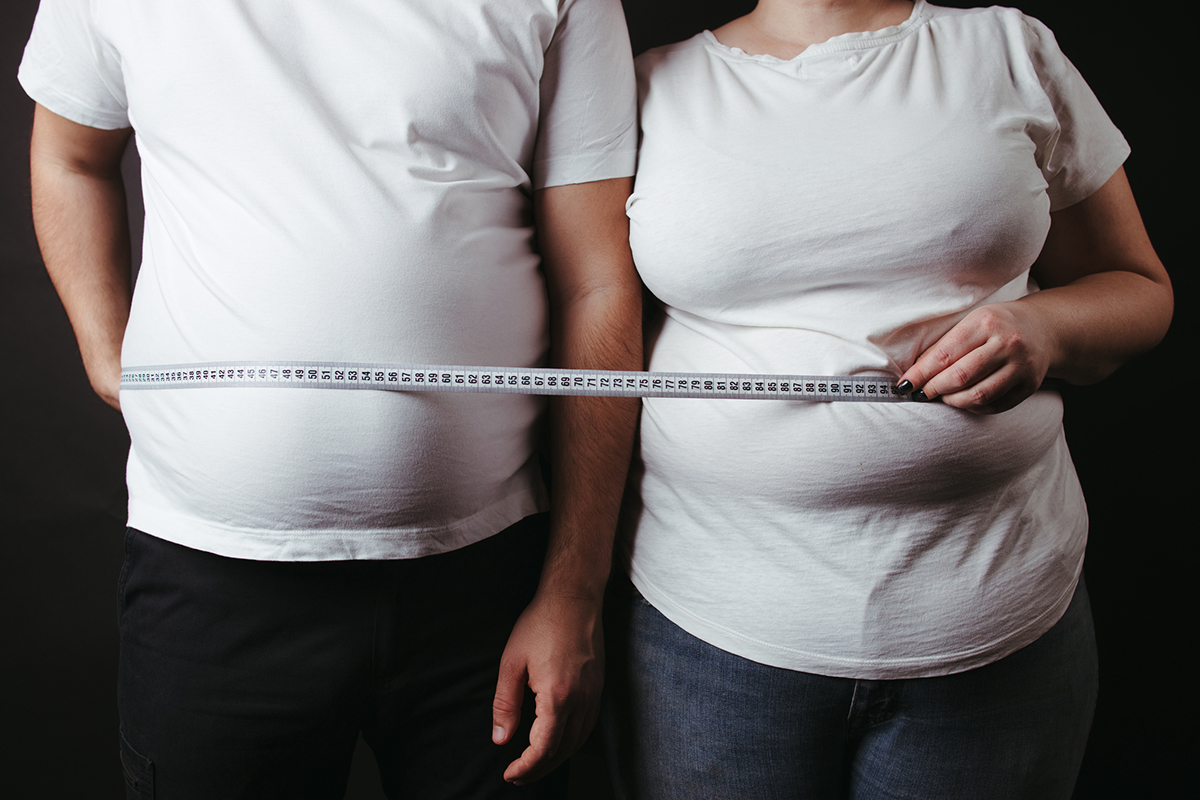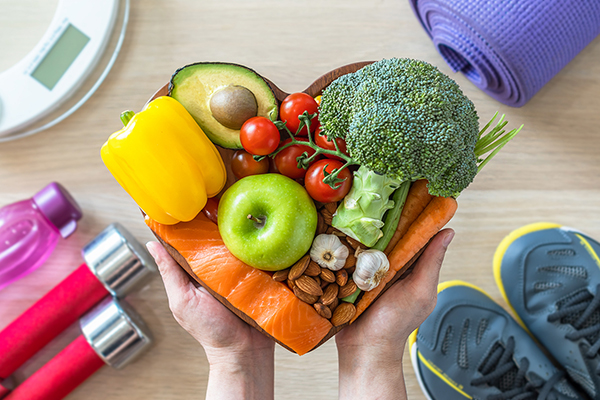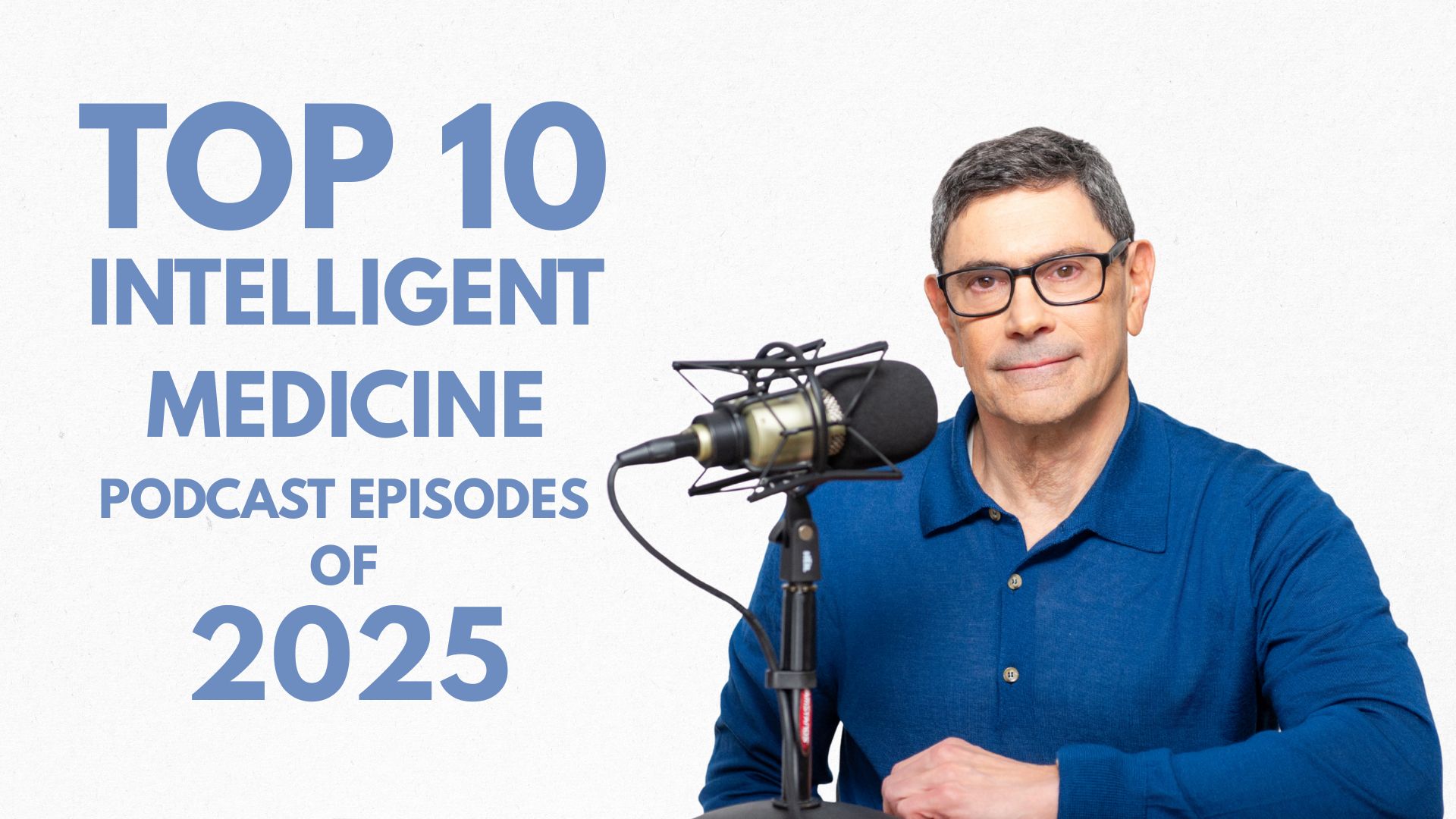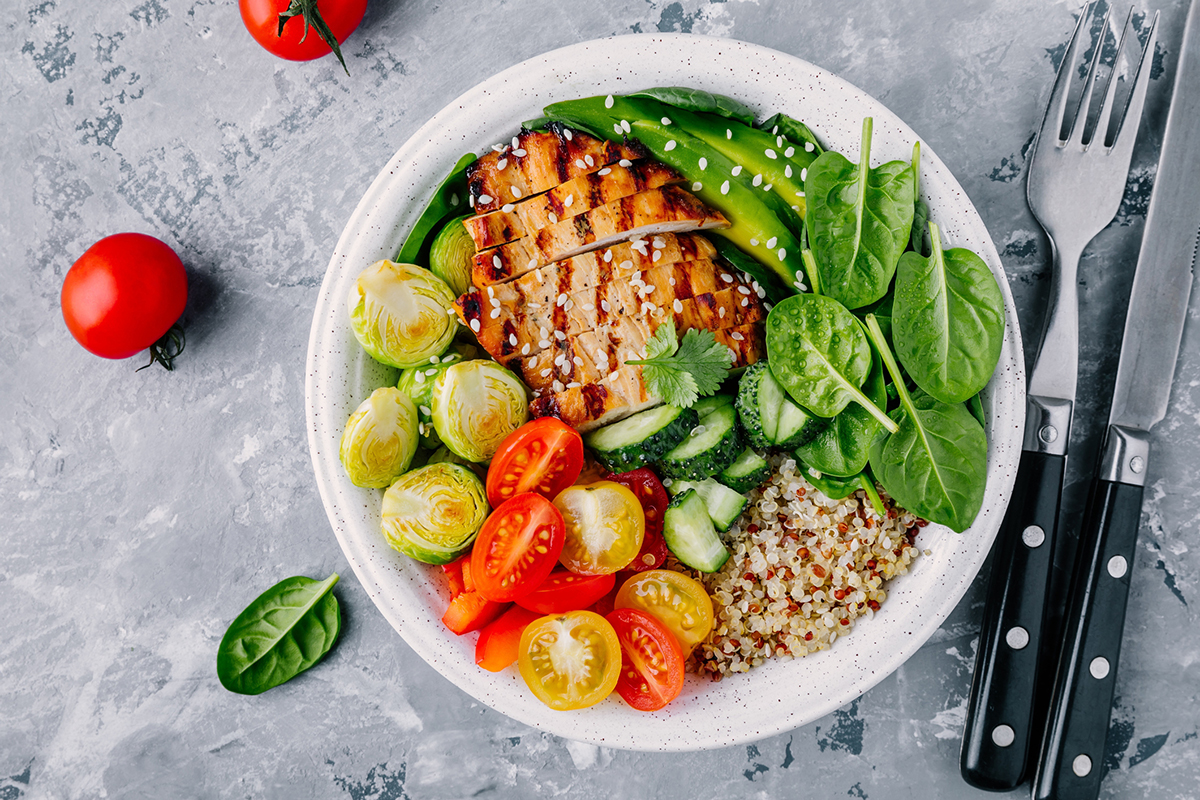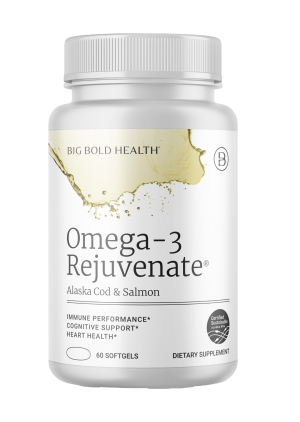A frequent theme on social media these days is vintage photos from the 60s and 70s—the era when I was growing up—depicting beachgoers with mostly normal bodies. Obesity was uncommon. Then things changed: Since 1980, obesity prevalence among US adults has soared from 14% to 42%.
The prevailing explanation is that we’re simply consuming more calories and becoming more sedentary. But a recent review in the American Journal of Clinical Nutrition (AJCN) challenges that narrative.
It states that actually, “Americans appear to be eating relatively less since 2000 . . . while physical activity modestly increased.” What has changed is not the volume of food we eat, but what we eat, and how we eat it.
It was around 1960—sixty years ago—that the American diet radically shifted with the introduction of high-fructose corn syrup and a plethora of food additives, colorings, preservatives, flavorings, emulsifiers, texturizers and artificial sweeteners. With a misguided demonization of cholesterol and saturated fats, Americans began consuming fewer meats, eggs and full-fat dairy products and replaced them with starchy foods and industrially-processed vegetable oils.
Professor Dariush Mozaffarian, the author of the AJCN review, rejects the commonly-advanced argument that the introduction of widely-available highly-palatable foods and snacks is the prime driver of the weight gain epidemic. Instead he says our biology is fundamentally changing, rendering us ever more susceptible to weight gain despite our best efforts to restrain our eating and increase our activity.
Fun fact: It’s estimated that the human microbiome consumes between 7 and 22% of the caloric intake of the average American adult!
That means that damage to the intestinal bacteria we host can compromise our energetic balance. Poor quality foods can undermine microbial diversity; so, too, can overuse of antibiotics, prescriptions of which have soared. Antibiotics have been deployed for decades to fatten livestock; excessive use promotes weight gain in children. Not to mention the deleterious effects on gut microbes of artificial sweeteners and herbicides like glyphosate.
Convincingly, experiments show that propensity to weight gain or loss can be transferred via stool implants from obese animals to lean ones and vice versa. Human trials are underway.
Mozaffarian writes: “Over the last 50 years, changes in crop breeding, food manufacturing, and consumer choices have led to more processed starches and sugars in the diet. Such refined ‘acellular’ carbohydrates—lacking any natural, intact plant cellular structure—are rapidly and completely digested in the stomach and small intestine, causing a double insult of excess flux of nutrients to the host and insufficient nourishment of the gut microbiome . . . In animal models, changes to the gut microbiome can substantially alter weight gain and obesity, without changes in total energy intake or physical activity.”
There are also the effects of an absence of beneficial polyphenols. Certain of them, like capsaicin from peppers, EGCG from green tea, and curcumin from turmeric may help to activate fat-burning brown fat. Parenthetically, Americans’ tendency to maintain thermostats at high settings may deprive their bodies of cold exposure that induces brown fat.
Finally, and this is the most disturbing trend, Mozaffarian notes that the obesity epidemic may have self-perpetuating features. It is said that “the sins of the fathers are visited upon the children, unto the third and fourth generations.” The Biblical quote may contain a kernel of truth based on our new understanding of the role epigenetics plays in inheritance.
For example, animal and human studies show the imprint of parental stress on offspring, who are more primed for experiencing psychological problems. Similarly, obese individuals may pass on epigenetic modifications that affect the expression of their hard-wired DNA, rendering descendants more likely to be overweight. Additionally, moms pass along their depleted microbiomes to their babies which may prime their metabolisms for obesity. These inter-generational impacts may be hard to overcome with mere exhortations to “eat less and exercise more”.
According to Mozaffarian: “A toxic food environment begat a toxic biological environment, creating a self-sustaining, difficult-to-reverse cycle.”
Mozaffarian’s perspective is original and insightful, but it lacks a couple of components. One is that the timing of eating has changed since the mid-Twentieth Century. Some of this is due to the commercial imperative to snack. We’ve replaced traditional three squares with round-the-clock grazing. Studies show that time-restricted eating with food-free intervals of 12-16 hours has beneficial effects on metabolism, the microbiome, and weight.
Additionally, Americans are sleeping less in 2022 than in 1960. Statistics bear this out. Inadequate sleep promotes insulin resistance and enhances appetite, particularly for carbohydrates. One study linked insufficient sleep to an increased risk of obesity by 89% in children and 55% in adults.
There’s also the fact that we’re taking far more prescription drugs. Antihypertensive drugs slow metabolism, acid-blockers damage the microbiome, and anti-depressant drugs are notorious for causing weight gain, among others.
Add to that the effects of environmental obesogens. These now ubiquitous chemicals act as endocrine disrupters and mitochondrial poisons. They include compounds as diverse as polybrominated diphenyl ethers (PBDE), commonly used in flame retardants; phthalates and bisphenol A (BPA), used in plastics; arsenic, residues of which can be found in drinking water, apple juice, and rice; Perfluorooctanoic acid (PFOA), used in non-stick cookware and food wrappers; as well as many pesticides which persist in the environment as POPs (persistent organic pollutants). There are others yet to be characterized.
Small wonder that efforts to curb America’s obesity epidemic have met with scant success.
